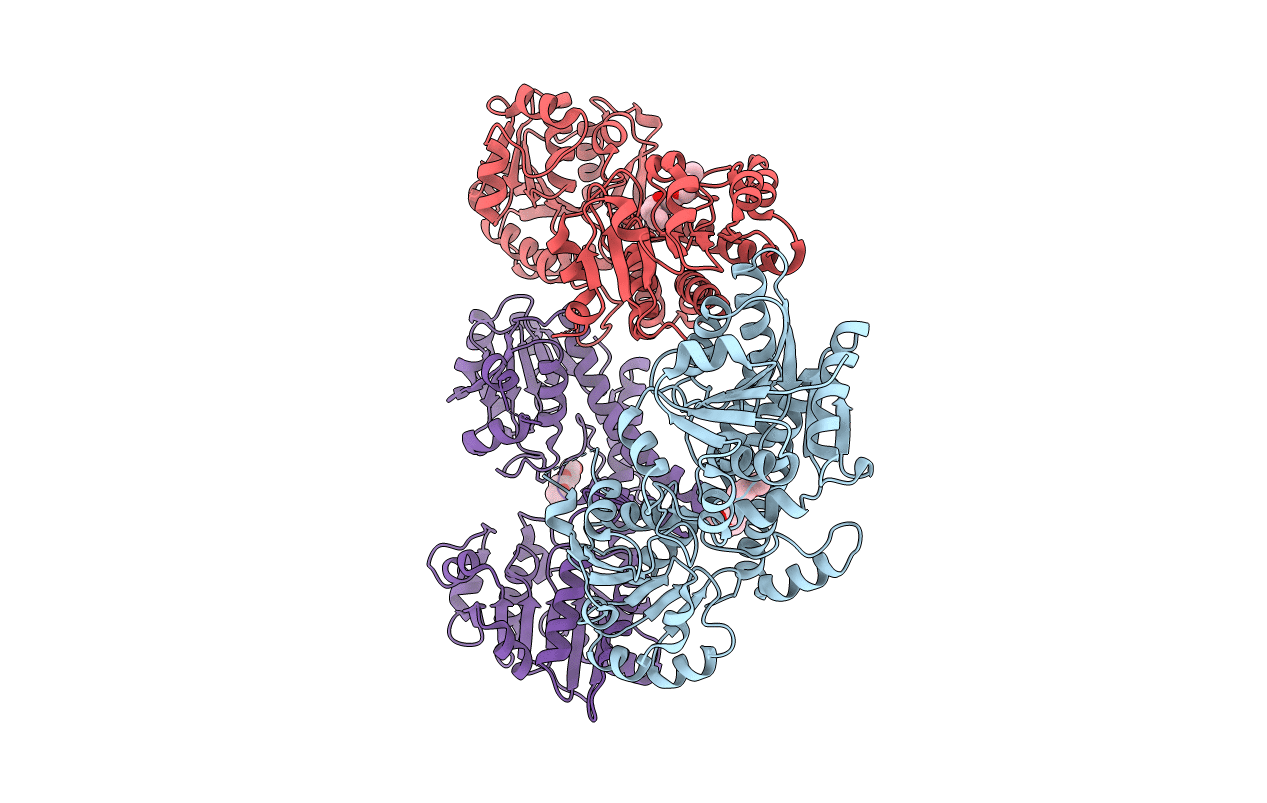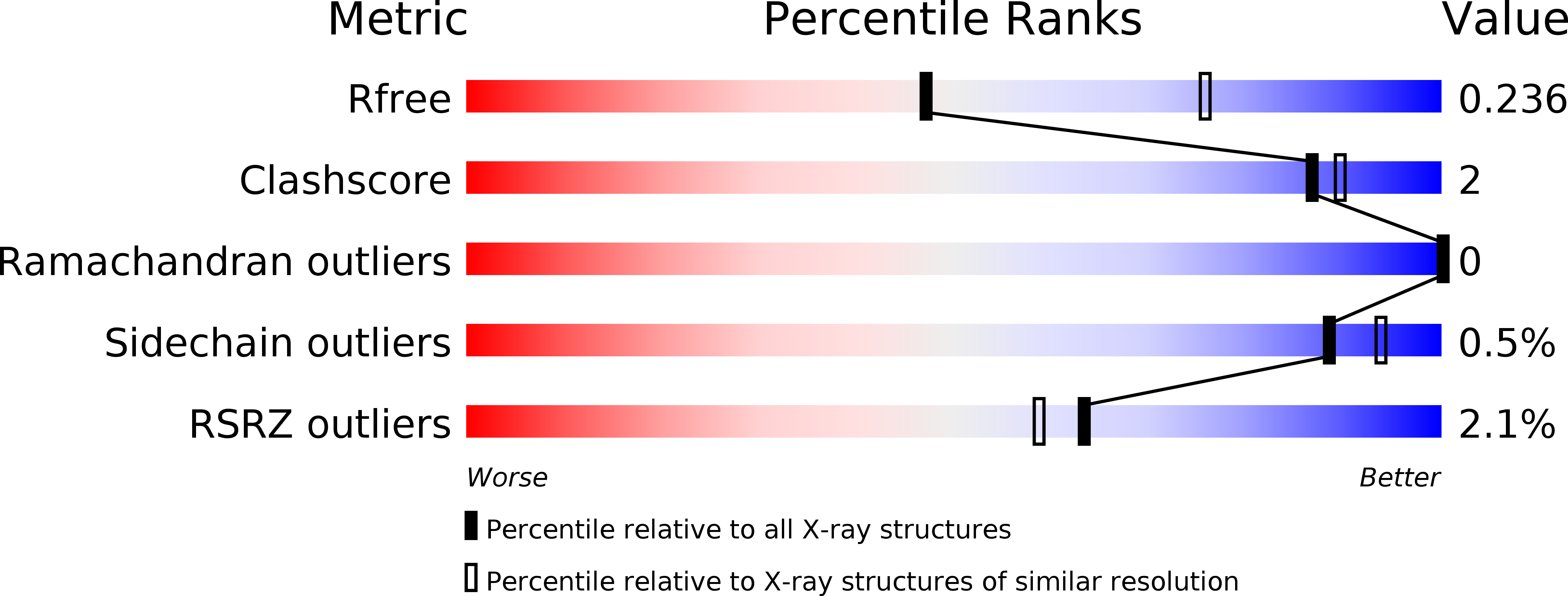
Deposition Date
2017-06-13
Release Date
2017-07-19
Last Version Date
2024-03-13
Method Details:
Experimental Method:
Resolution:
2.65 Å
R-Value Free:
0.23
R-Value Work:
0.18
R-Value Observed:
0.18
Space Group:
C 1 2 1


